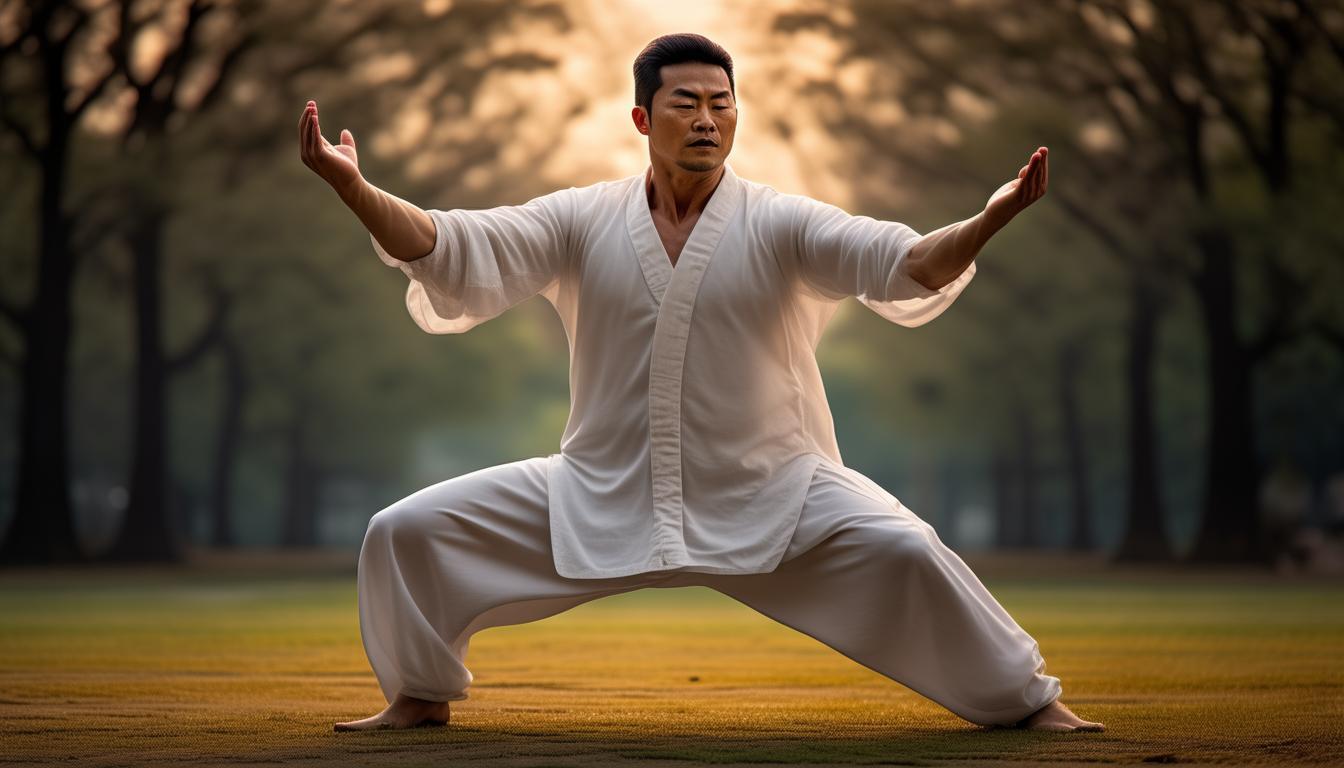Tai Chi, a pearl in my country's cultural treasures, combines many aspects of wisdom such as philosophy, martial arts and health preservation. With its unique attraction, it always maintains long-term vitality and influences generations of people. I have a deep affection for Tai Chi and have my own unique insights into it. At this moment, I would like to work with you to deeply explore the connotation of Tai Chi, and hope to take this opportunity to arouse a new understanding of it.
Origin and development
Tai Chi originated in ancient my country, and people have their own opinions on its exact origin. Some people think it was created by Zhang Sanfeng, while others think its history can be traced back to an earlier era. The development process of Tai Chi is quite long. After the inheritance and improvement of countless people, it gradually integrates health concepts and Taoist philosophy from the original self-defense martial arts moves, and finally forms the Tai Chi that we are familiar with today, which has both fitness effects and cultural inheritance significance.
Since ancient times, the art of Tai Chi has shown a unique style in all dynasties. Taking the Ming and Qing dynasties as an example, martial arts masters such as Yang Luchan promoted Tai Chi to the people, giving birth to schools with unique characteristics such as the Yang School and the Chen School. To this day, Tai Chi has crossed national boundaries and has become one of the important windows for the outside world to understand Chinese culture.
Action Features
Every movement of Tai Chi seems leisurely and graceful, and it is different from common sports. During practice, each posture appears smooth and free, as light and flowing as a cloud. From starting to closing, each movement is coherent and orderly, coordinated, like the smooth lines in ink paintings.

Tai Chi practice emphasizes the coordination between the mind and breathing, and breathing is closely linked to movements. As for the action of hiding the Bird Tail, at first, you must use your heart to guide it, and stimulate the movement of the joints throughout the body through the rotation of the spine, and at the same time, breathing will also move with it. Although the movement seems slow, it contains rich power and exquisite skills, which can not only show a strong side, but also reflect the characteristics of flexibility, perfectly combining hardness and softness.
Fitness effects
Tai Chi is extremely beneficial to human health. In exercise, it can promote flexible movement of each joint, improve the body's flexibility and balance ability, and promote blood circulation, thereby helping prevent cardiovascular and cerebrovascular diseases. Many elderly people insist on practicing Tai Chi, which helps to effectively delay the decline of body functions.
When practicing Tai Chi , Tai Chi And Diabetes Courses Online , you need to concentrate and abandon distracting thoughts, so that the body and mind can achieve a state of peace and tranquility. This kind of inner peace can effectively reduce stress, reduce anxiety and depression, and can maintain a peaceful state of mind even when encountering trivial things in daily life.
Cultural connotation
The Tao of Tai Chi contains profound cultural connotations, revealing Taoism's supreme pursuit of the balance of yin and yang. In each movement, rising and falling, turning left and moving right all reflect the contradiction and harmonious unity of yin and yang, which is just like good and evil, good and bad situations in life. They are both opposite and push each other.

It contains the philosophical concept of "harmony between man and nature". During the practice of Tai Chi, practitioners need to closely combine themselves with their surroundings and feel the breath and rhythm of nature, as if they are integrated with nature. Therefore, Tai Chi is not only a physical exercise, but also a wonderful journey of communication between the mind and the world.
Inheriting the status quo
Tai Chi is now very popular in society. People can be seen practicing Tai Chi in parks and squares. Many schools and fitness institutions regard Tai Chi as the main teaching content. However, Tai Chi also encountered some challenges in the process of inheritance. It is necessary to further stimulate young people's interest in Tai Chi, otherwise some traditional skills may be at the risk of being lost.
We must actively use various effective measures and strive to protect and inherit Tai Chi culture. This involves organizing special events and events, as well as introducing Tai Chi to schools, to inspire youth enthusiasm. Through these initiatives, the ancient Tai Chi culture will be promoted more widely, attracting more people to become interested in it.
In daily life, have you ever met a master of Tai Chi with superb skills? If you think my sharing is inspiring to you, please don’t forget to like and spread this article!



